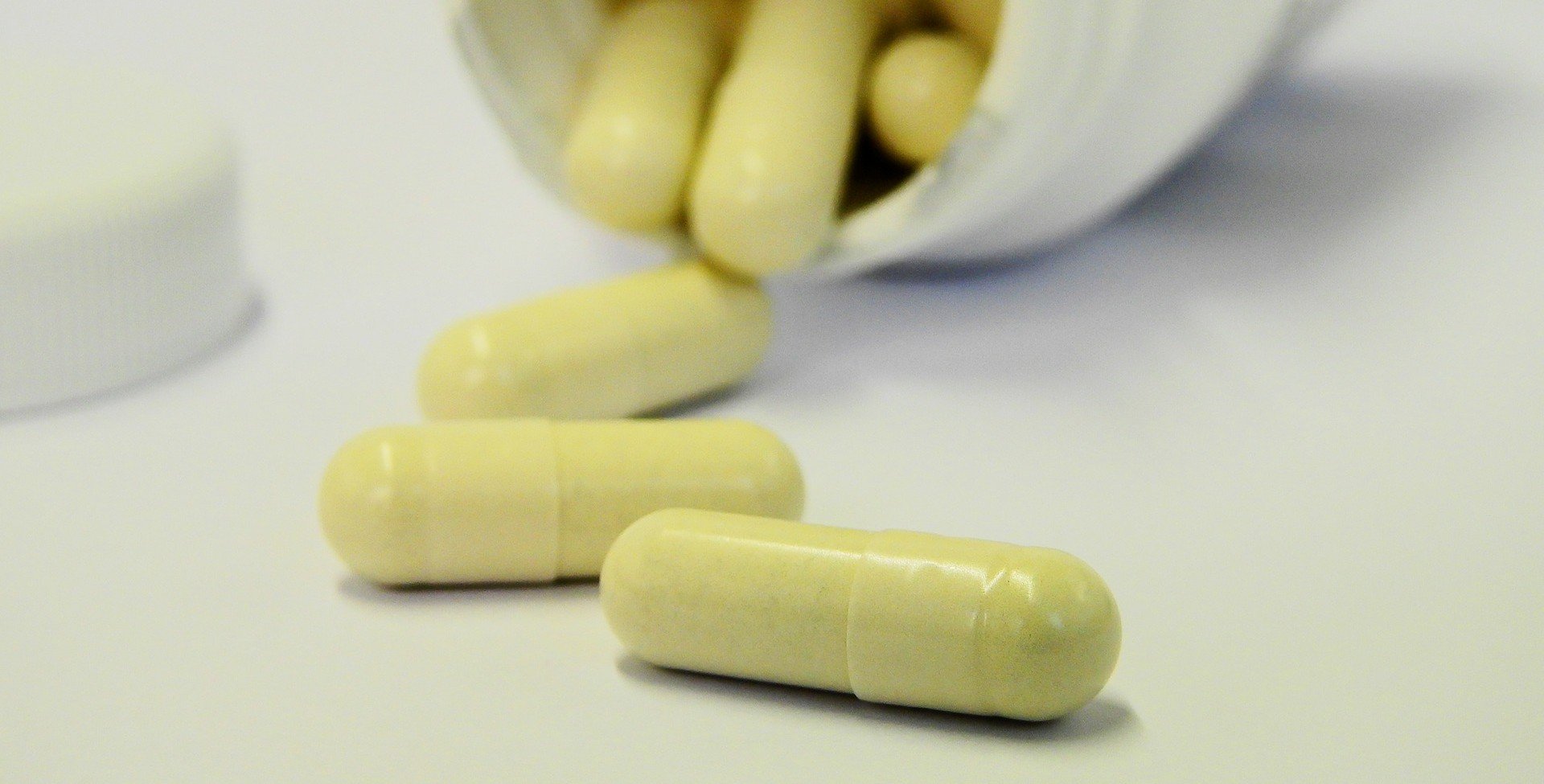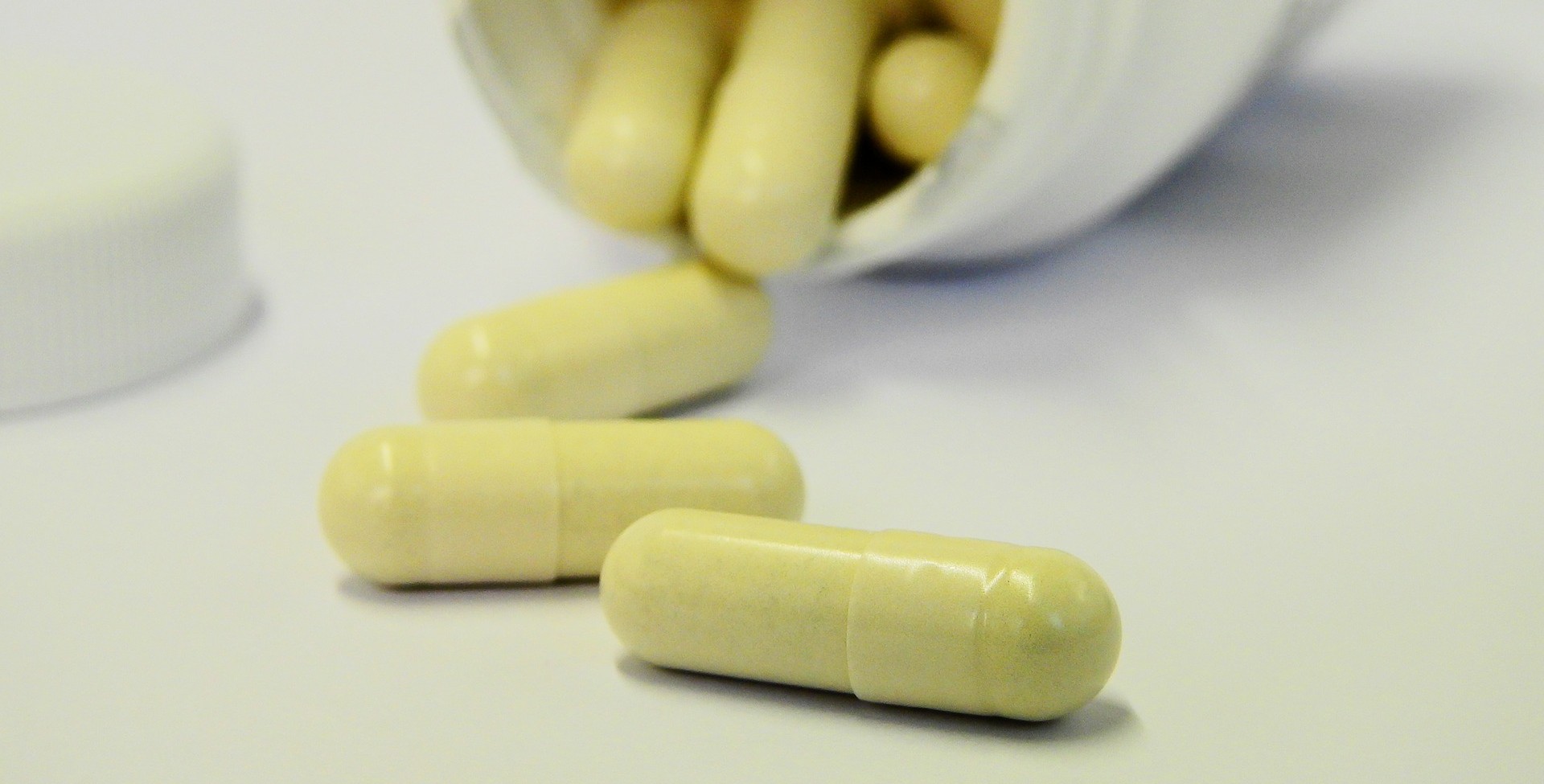
The FDA’s new draft guidance, Request for Quality Metrics, focuses on a new requirement that has many pharmaceuticals and device manufacturers scrambling to prepare:
The collection and use of manufacturing quality metrics (MQM). Here’s the key line from the guidance explaining this new rule:
“In order to both inform FDA’s risk-based drug inspection scheduling and to better detect manufacturing conditions that may lead to a shortage, FDA intends to collect and use quantitative quality data to calculate certain quality metrics....”
To help companies improve their understanding of processes and quality control, the FDA laid out four specific metrics that pharmaceutical manufacturers, medical device companies and others should pay particular attention to:
- Lot acceptance rate: One minus the number of specification-related rejected lots in a timeframe divided by the number of lots attempted during the same
- Product quality complaint rate: The number of quality complaints received for a product divided by the total number of lots released during that time
- Invalidated out-of-specification (OOS) rate: The number of invalidated OOS19 test results divided by the total number of OOS test results, divided again by the total number of tests performed during the same time
- Annual product review (APR) or product quality review (PQR) on time rate: Number of APRs or PQRs completed within 30 days of annual due date divided by the number of products produced
Adding to an already-burdened industry
Some organizations like the Pharmaceutical Research and Manufacturers of America (PhRMA) and the International Society of Pharmaceutical Engineers (ISPE) have expressed concerns over the guidance, fearing it will add even more complexity to an industry already struggling to keep up with new requirements.
While most agree reporting quality metrics data brings important benefits, the ISPE in particular went on to suggest—at the very least—a phased roll out of requirements to ease the stress on companies struggling to put new initiatives in place.
Luckily for those who worried about these new regulations, there are role models to look to throughout the industry. Many companies realized the benefits of maintaining MQMs long before requirements were on the horizon, offering valuable insight into best practices that others can adopt relatively quickly and painlessly.
Turning quality into culture
Those who’ve had the greatest success with MQM initiatives make quality an integral part of the corporate culture from top to bottom. Instead of giving it an autonomous department, quality-related responsibilities are shared throughout the entire team and beyond.
In these organizations, processes and systems are designed to collect and share data between site operators and contractors off-site, providing sustainable benefits for patients in the form of safe drugs while satisfying regulators by going above and beyond with compliance expectations.
[Read Also:] Why Quality Assurance is So Important to Pharmaceuticals
To shed some light on the steps companies are taking to monitor quality metrics, we’ve highlighted three areas to focus on first in order to prepare for the FDA’s final guidance on manufacturing quality metrics:
1. Integrating manufacturing quality monitoring into existing processes
Most companies that have already implemented MQMs measure more than just the four listed above. Given many companies’ limitations, however, the more important point is what you can do with those metrics. In this case, the goal is revealing trends and addressing potential problems before they become a reality.
Continued Process Verification (CPV) is one such process the FDA describes as an assurance that manufacturing processes are under proper control based on sources of variability.
Implementing processes like this, however, are no easy task. Leading companies that have put CPV in place typically combine internal task forces and third party consultants to oversee implementation from beginning to end. This means identifying the changes needed, getting rid of obstacles, and finding ways to analyze the data collected.
2. Improving reporting, from planning to retrieval
Quality metrics produce a lot of data throughout a variety of systems that may or may not talk to each other. These are needed both for operational purposes as well as for reporting to the FDA.
The bottom line with reporting is simple: The more you are able to digitize operations now, the better prepared you’ll be for FDA expectations in the future.
As a first step, start incorporating process and quality data from separate systems into both electronic and paper record formats.
3. Build collaborative relationships with contractors and consultants
For many years, the FDA has thought of contractors as an extension of a manufacturer. To improve these partnerships, consider ways to improve communication and collaboration with the third party firms you rely on. Specifically, make sure there are clear systems in place to relay and resolve deviations that are key to MQMs.
Of course, processes (and quality) can vary greatly from one site to another, making it extremely difficult unless the proper systems are in place to manage validation data and all manufacturing processes you outsource.
Sponsors and contractors should leverage actionable manufacturing analytics to find critical quality parameters and key performance indicators. Whether it’s real-time monitoring, global manufacturing controls, or other initiatives, sharing data is a crucial first step in preparing for MQMs.
Are you struggling with compliance issues or need help preparing for manufacturing quality metrics? Contact The FDA Group today to learn how our staff of former FDA and industry experts can help.

